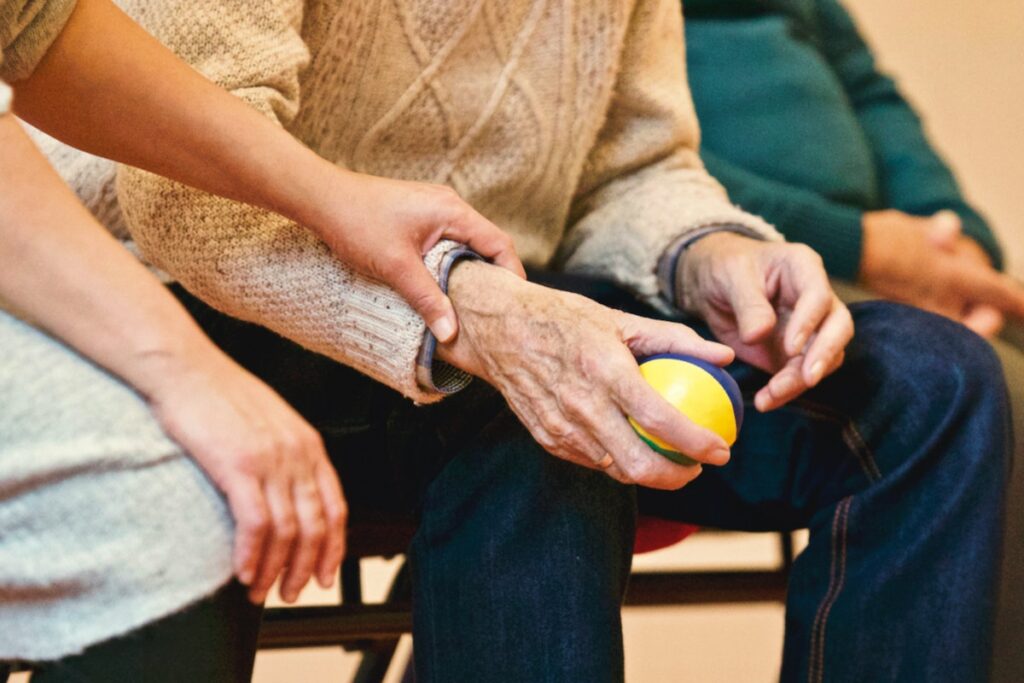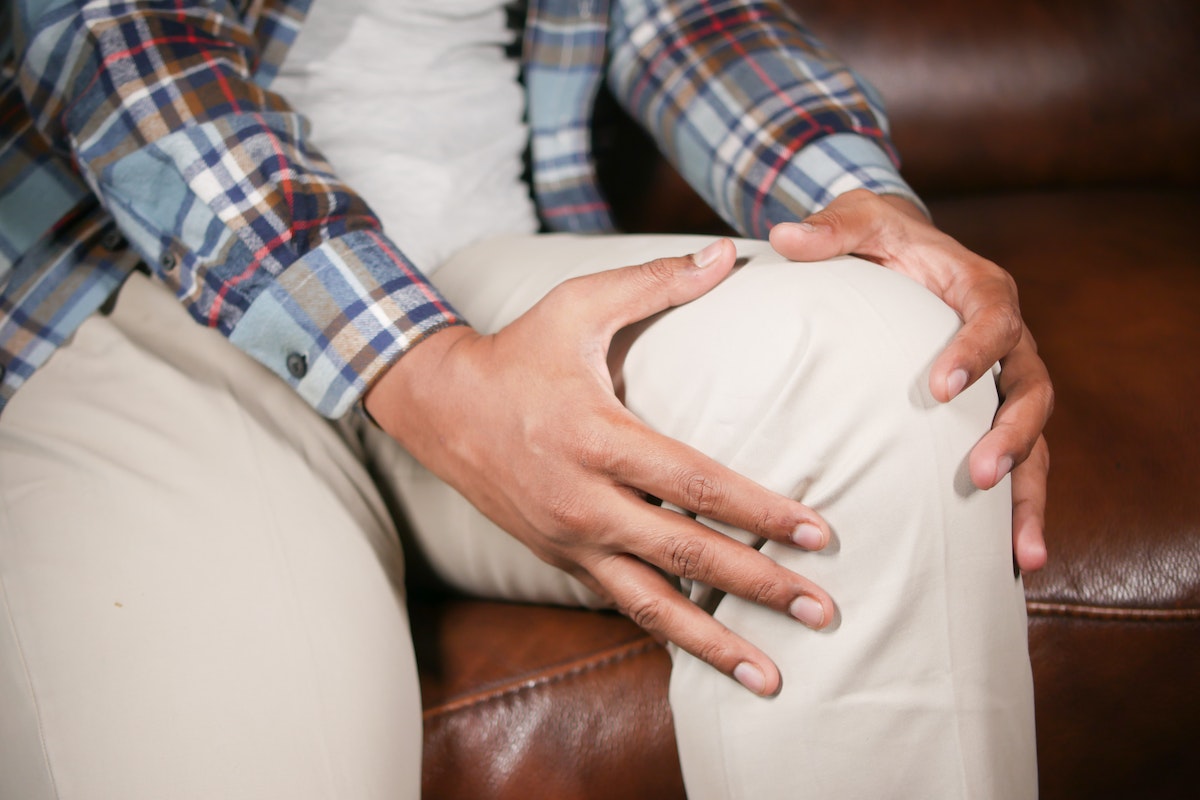Introduction
Knee pain is a prevalent and often debilitating condition that affects millions of individuals worldwide. The knee is a complex joint that plays a crucial role in supporting body weight, enabling locomotion, and facilitating various physical activities. Consequently, it is susceptible to injuries, overuse, and degenerative conditions that can cause pain and discomfort. Knee pain can significantly impair mobility, limit daily activities, and diminish overall quality of life. Fortunately, Physical Therapy (PT) has emerged as a valuable and effective approach to managing and alleviating knee pain. In this comprehensive essay, we will explore the numerous benefits of Physical Therapy for knee pain, highlighting how it aids in pain relief, improves flexibility and strength, promotes healing, and enhances overall knee health.
Understanding Knee Pain and its Causes
Knee pain can originate from various structures within and around the knee joint, including bones, ligaments, tendons, and cartilage. The causes of knee pain are diverse and may include:
- Osteoarthritis: Degenerative joint disease that occurs when the protective cartilage covering the ends of bones wears down over time, leading to pain and inflammation.
- Ligament Injuries: Injuries to the anterior cruciate ligament (ACL), posterior cruciate ligament (PCL), medial collateral ligament (MCL), or lateral collateral ligament (LCL) can cause knee instability and pain.
- Meniscus Tears: Tears in the menisci (c-shaped cartilage pads) within the knee joint can cause pain, swelling, and limited range of motion.
- Tendinitis: Inflammation of the tendons in the knee, such as patellar tendinitis (jumper’s knee), can cause pain and discomfort.
- Bursitis: Inflammation of the bursae (fluid-filled sacs) that cushion the knee joint can lead to pain and swelling.
- Patellofemoral Pain Syndrome: Also known as runner’s knee, this condition involves pain around the kneecap, often aggravated by activities that involve bending the knee.
- Iliotibial (IT) Band Syndrome: This condition involves inflammation of the IT band, a thick band of tissue that runs along the outside of the thigh, causing pain on the outer aspect of the knee.
Physical Therapy for Knee Pain: The Benefits

Precise Evaluation and Diagnosis
One of the primary benefits of seeking Physical Therapy for knee pain is the precise evaluation and accurate diagnosis provided by a qualified Physical Therapist. Through a comprehensive assessment, including medical history, physical examination, and possibly imaging tests, the PT can identify the underlying causes of knee pain and tailor a targeted treatment plan accordingly.
Pain Relief and Inflammation Reduction
Physical Therapists use various techniques to provide pain relief and reduce inflammation in and around the knee joint. Manual therapy, such as joint mobilization and soft tissue mobilization, helps alleviate pain, restore mobility, and promote healing.
Customized Exercise Programs
Physical Therapists develop individualized exercise programs that target the specific needs of each patient. These programs include strengthening exercises to improve knee stability and function, while stretching exercises enhance flexibility and reduce muscle tightness.
Range of Motion Improvement
Knee pain can lead to reduced range of motion, making everyday activities challenging. Physical Therapists use specialized exercises and techniques to improve knee flexibility, allowing patients to move their knees more comfortably and freely.
Functional Rehabilitation
Physical Therapy not only focuses on pain relief but also on restoring functional capacity. Therapists work with patients to improve their ability to perform everyday activities with ease, promoting independence and enhancing overall quality of life.
Posture and Body Mechanics Correction
Poor posture and improper body mechanics can contribute to knee pain. Physical Therapists educate patients on proper alignment and body mechanics during activities to reduce strain on the knee joint and promote healing.
Neuromuscular Reeducation
For patients with chronic knee pain, the brain and muscles may not communicate effectively, leading to altered movement patterns. Physical Therapists employ neuromuscular reeducation techniques to improve communication between the brain and muscles, resulting in more efficient and pain-free movement.
Gait Analysis and Correction
Physical Therapists analyze the patient’s gait (walking pattern) to identify any abnormalities that may contribute to knee pain. By addressing gait issues, PTs can reduce stress on the knee joint and improve overall movement mechanics.
Post-Surgical Rehabilitation
For individuals who undergo knee surgery, Physical Therapy is an integral part of the recovery process. PTs design tailored rehabilitation programs that aid in healing, promote optimal recovery, and restore function in the knee.
Education on Injury Prevention
Physical Therapists are not only focused on treating current knee pain but also on educating patients about injury prevention strategies. By providing guidance on proper warm-up exercises, footwear selection, and lifestyle modifications, PTs help patients avoid future knee injuries and pain.
Integration of Comprehensive Care
Physical Therapists often collaborate with other healthcare professionals, such as orthopedic surgeons, pain management specialists, and sports medicine physicians, to ensure comprehensive care for patients with knee pain. This integrated approach optimizes treatment outcomes and enhances patient well-being.
Long-Term Benefits and Prevention
Perhaps the most significant advantage of Physical Therapy for knee pain is the potential for long-term benefits. By addressing the root causes of knee pain and providing patients with the tools and knowledge for self-management, PTs empower individuals to maintain a pain-free and healthy knee in the long run.
Conclusion
Knee pain can significantly impact an individual’s daily life and overall well-being. However, Physical Therapy offers a comprehensive and effective approach to managing and alleviating knee pain. Through precise evaluation, targeted pain relief, customized exercise programs, and functional rehabilitation, Physical Therapists address the underlying causes of knee pain, promoting healing and restoring function. By providing education on injury prevention and long-term self-management strategies, PTs empower patients to lead a pain-free and fulfilling life. If you or someone you know is experiencing knee pain, consider consulting a qualified Physical Therapist to embark on a journey of relief, recovery, and improved knee health.



